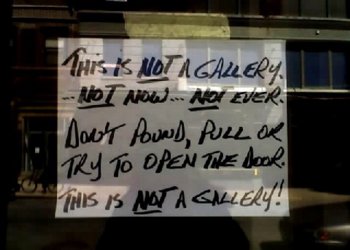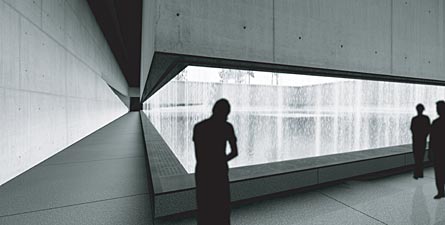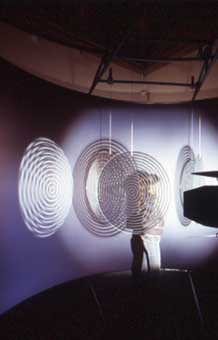Why is that not the headline for any of the stories about the Smithsonian's exclusive TV programming deal with Showtime?
Smithsonian officials signed a 30-year contract with CBS Corporation's Showtime division giving them rights of first refusal to any "commercial" films produced using the Smithsonian's collection, archives or experts in any more than an "incidental" way.
Look back 30 years and ask yourself what changes have been wrought in the cable TV market, the Internet, and film production. How many of them did you foresee? How many of them did you write into your contracts in 1976?
Then ask yourself what changes might occur in the next 30 years. Look what's happened to the distribution of independent and user-created video with YouTube and Google Video in just the last year, for example, the same year it took for Showtime and Smithsonian to negotiate their secret deal. And since the Smithsonian sale came to light in March, AOL has also announced its own video competitor to YouTube.
From Robert Rodriguez' home studio operation and Soderbergh's HD Bubble to Jonathan Caouette's DV/iMovie Tarnation to Rocketboom to liveblogging to Matt Haughey's Star Wars Kid remake, we're in the early days of an independently-created video content revolution. How many tens of thousands of potential documentaries, features, and shorts and who-knows-what-kinds of programs could be created in the next three years, never mind the next thirty, if the national patrimony held by the Smithsonian were made available in the way that, say, the BBC is planning to do? They're opening their entire archive for remixing and reuse by the people who paid for it--the citizens and residents of the UK.
Instead, the Smithsonian has locked its holdings up for thirty years with a single company--CBS/Showtime--and for what? The right to make six programs per year outside the agreement, a 10% stake in the Smithsonian On Demand service, and guaranteed payments of $500,000 a year, plus some unknown percentage of future profits or revenues.
At even the most conservative calculations, the present value of those $500,000 payments is around $7.9 million. At a more typical discount rate (the historical risk-free rate of 8%), Showtime sews up 30 years of exclusive use of the Smithsonian's resources for a freakin' $6 million.
So not only did Smithsonian executives sell out America's patrimony to a single, giant media corporation, they sold it for practically nothing.
Is there no other way for the Smithsonian to bring in $500k/year? Did they look at any other options at all? Did they consider at all the benefits and costs beyond guaranteed annual payments? For screenplays it helps develop that get turned into actual films, The Sundance Institute asks for a donation of a fraction of a percent of the film's production budget, and 1% net profit participation.
What would be result if the Smithsonian charged a 0.5% fee for each program it cooperates with? It signed an average of 180 media contracts/year between 2000 and 2005. With an average budget of even $250,000, that's already $225,000/year. Now imagine thousands or tens of thousands of filmmakers using the Institute's collections to make tiny-budget--but commercially viable--content in the near future we're already beginning to imagine.
The Smithsonian executives' dogged insistence that only a very few filmmakers are affected demonstrates an inexcusable lack of some combination of vision, integrity, or sense of responsibility, and it shortchanges both the Institute and the country to the exclusive benefit of CBS. From the standpoint of what we got--and more importantly, of what we lost--we, the American people, have been thoroughly ripped off.
Smithsonian Hands Over TV Contract [wapo]












 While he's been actively posing questions about vision and perception and exploring the relationship between the seen/felt/experienced and reality, I've still had a sense of Olafur Eliasson as a sculptural artist. That object/space/experience thing.
While he's been actively posing questions about vision and perception and exploring the relationship between the seen/felt/experienced and reality, I've still had a sense of Olafur Eliasson as a sculptural artist. That object/space/experience thing. Directors make dramatic cinematic use of such artificially produced reflected water effects all the time, I realize. But here, it's isolated and concentrated and all its own, not in the service of any particular emotion or mood or narrative. Right?
Directors make dramatic cinematic use of such artificially produced reflected water effects all the time, I realize. But here, it's isolated and concentrated and all its own, not in the service of any particular emotion or mood or narrative. Right?










